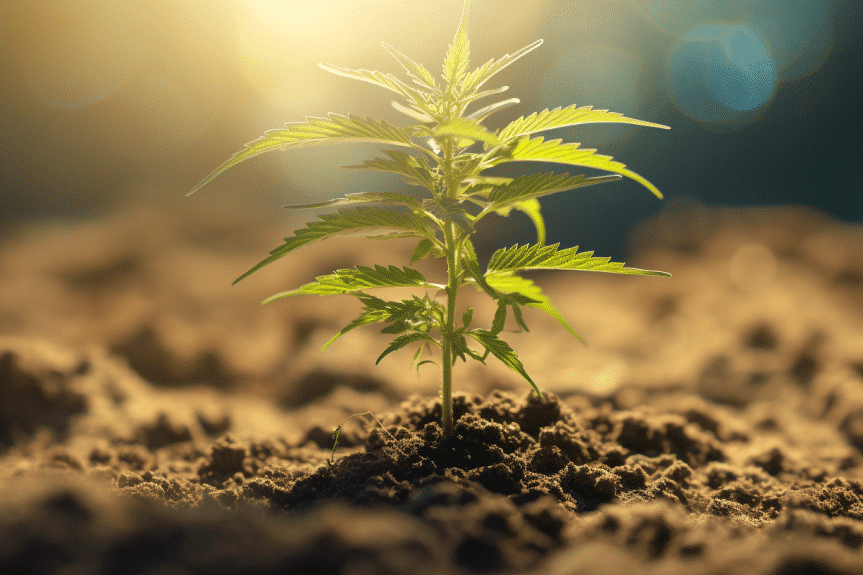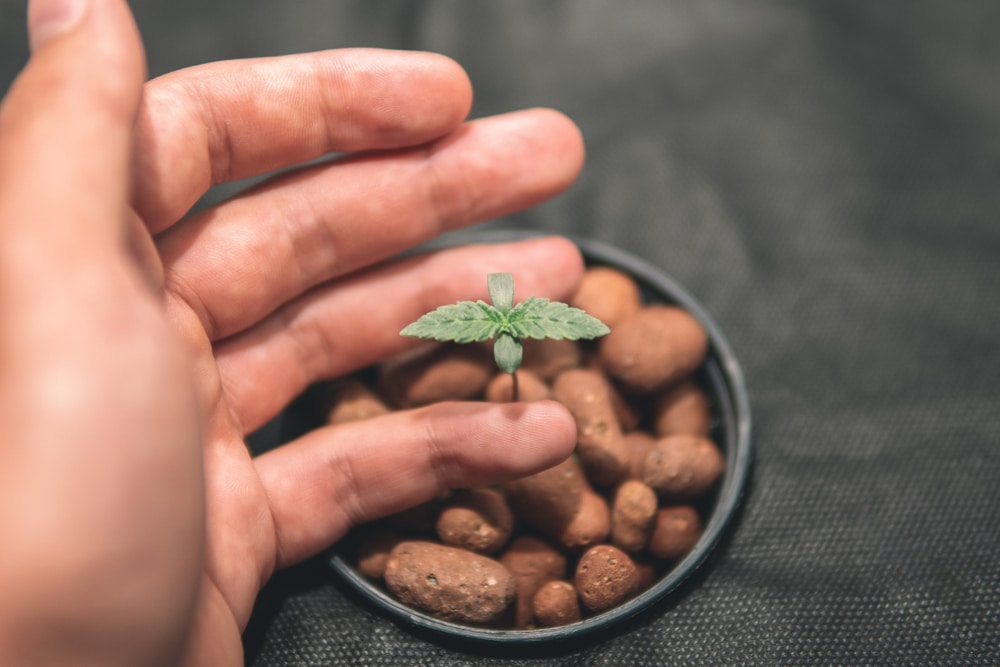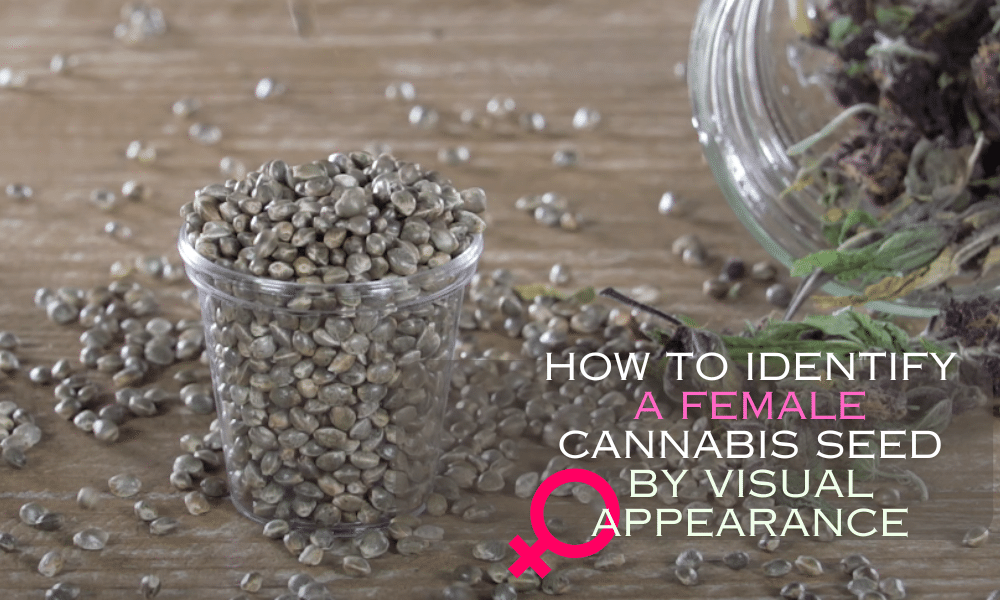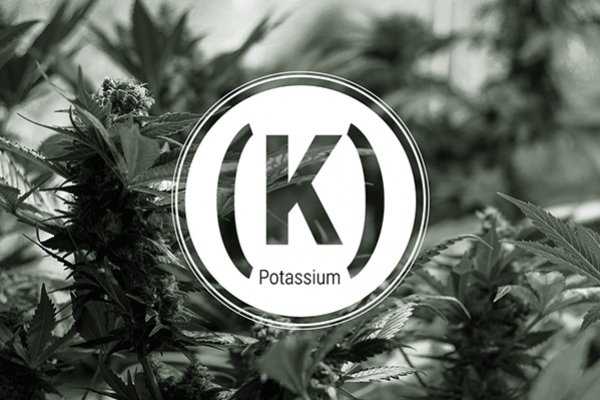No products in the cart.
Marijuana Education
Ideal Temperature and Humidity for Cannabis Growing
Cannabis plants thrive in a balanced environment and without it, production cannot progress. Climate is one of the largest factors in promoting good plant health, giving you a successful harvest. The best temperature and humidity level requirements will change depending on the strain and growing stage of your plant.
To be successful in growing cannabis, you need to understand the mechanics of why they need a specific environment. Keep reading to learn more about the different stages and how temperature and humidity affect your weed.
Stages of cannabis plant cycle
There are multiple stages to a cannabis grow cycle with different requirements the plants have for each. Novice growers will quickly learn that adjusting either the humidity or temperature of your space will usually affect the other. As you learn about the various stages of growth, you’ll begin to understand how temperatures and relative humidity levels influence each other.
Seedling
- Keep the humidity levels high at 65-70%
- The temperature should be between 67-77°F with lights on and around 8 degrees lower when the lights are off
Seedlings have an incredibly young and fragile rooting system that needs warmth. High relative humidity takes off the strain of absorbing so much water as dry air makes a plant work harder to stay hydrated. If your seedlings are subject to low humidity, there is a strong possibility they could die.
Vegetation
- Vegetation period humidity levels should be between 40-70% (higher at the beginning, 5-6% lower each week until flower)
- Temperatures should be between 71-82°F and around 8 degrees lower when the lights are turned off. Depending on the strain, you may go up to a couple of degrees hotter.
To promote substantial root and fan leaf growth, it is a good idea to vary the temperature and humidity slightly so that it pushes the roots to grow faster. A good balance of temperature and humidity promotes optimal transpiration, which always equals massive growth. Check out our piece on the vegetative phase to learn more about what your plant needs.
Flowering
- Flowering period humidity levels should be between 40-50% (do not go above 55%)
- Avoid high temperatures and keep the range within 68-79°F
Keeping your environment within range during the flowering stage is important for a couple of reasons. High humidity at this stage can slow production as your plant won’t be able to transpire as well. Bud rot can be prevalent during this stage as the humidity gets trapped in the dense buds. High temperatures can cause plant stress including stunted bud development or damaged flowers.
Having an unbalanced grow room climate can cause stunted cannabis growth through the root system. Deficiencies can start to appear during this stage, even if the requirement is minuscule. Read our article on how to avoid nitrogen deficiency during flowering to learn how to provide the right balance of nutrients.
In a survey of 500 growers, temperature was pinpointed as the most critical factor affecting the flowering stage, underscoring its influence alongside watering frequency, humidity, and light exposure. These insights highlight the importance of precise environmental control to foster optimal flowering conditions.
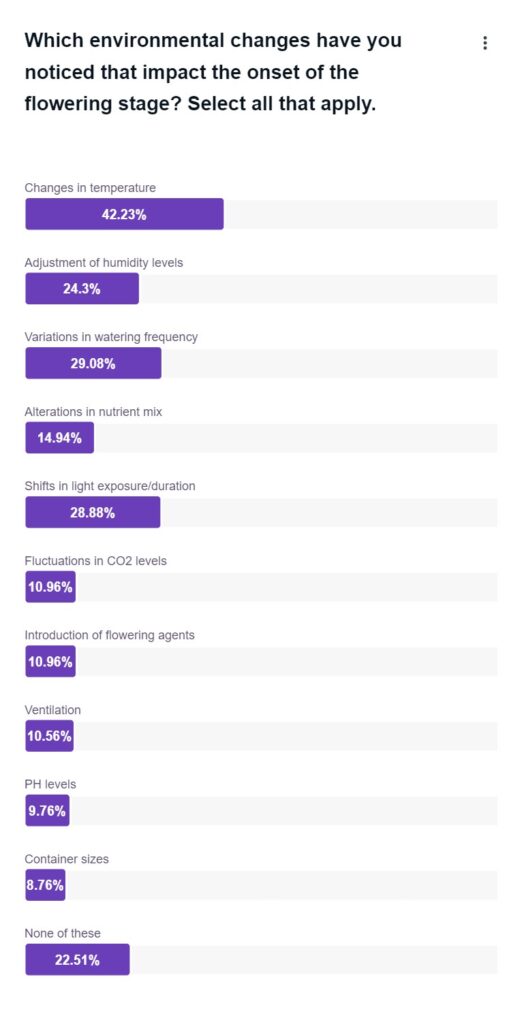
The data suggests that cultivators within the cannabis industry perceive temperature as the most influential environmental factor affecting the flowering stage of weed, with notable significance also attributed to watering frequency, humidity, and light exposure.
Late Flowering
The late flowering stage occurs in the last 2 weeks of the growth cycle. Humidity levels need to be lowered between 30-40% to push trichome production. Lowering the daytime temperatures signals the plant that winter is coming and will further push production. Keep your temperatures between 64-75 degrees F.
How to adjust humidity levels and temperature for cannabis plants
There are many factors you need to think about when adjusting temperature and humidity levels. The air you pull into your grow space matters as the different seasons provide variations in air quality and humidity. Spring and fall will be wetter and have cool air while the summers are hot and dry. Winter air is the most difficult to adjust to since it is much drier than any other season.
Every season brings unique challenges, especially when it comes to regulating temperature and humidity in your grow space. In a survey of 500 growers, we discovered that more than half face difficulties with hot, humid conditions.
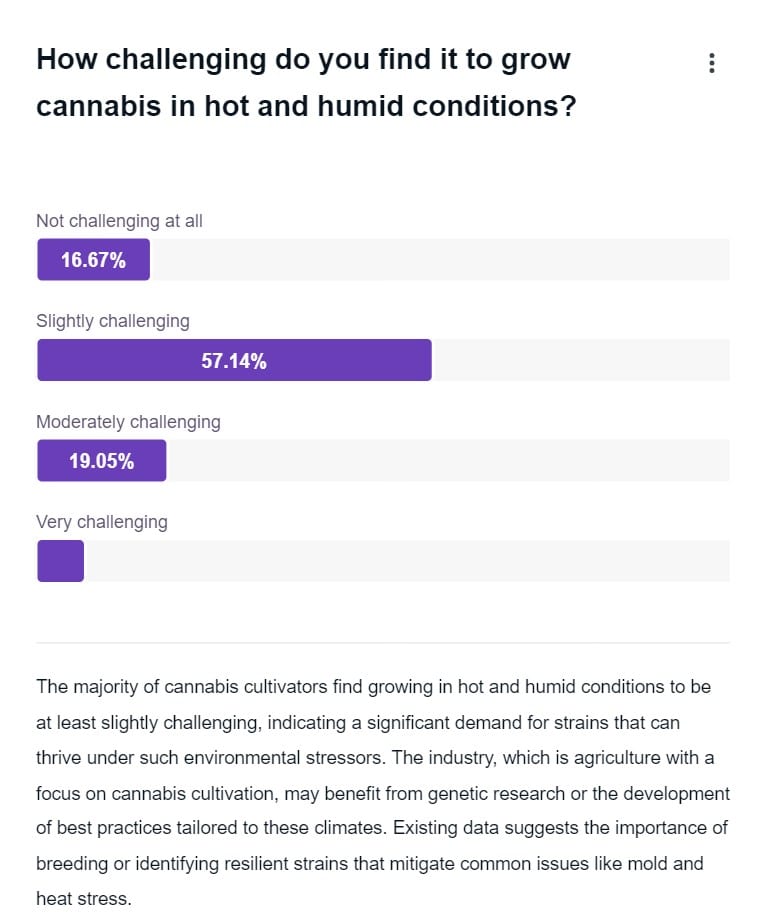
But don’t sweat it—we’ve got you covered. Whether you’re battling the summer heat or trying to amp up the humidity in the dead of winter, our tips will help you keep your plants happy and thriving in any climate.
How to reduce humidity
- Using a series of vents and fans, you can push the air outside to reduce humidity levels. Increasing the cold air supply from outside by pulling it in will reduce the high humidity in a grow room.
- Water your plants right after lights are on as they will absorb it right away so that it doesn’t stay in the air causing humidity increases.
- A dehumidifier is the go-to solution for a grow room as it pulls the humidity out of the air on its own. There are two styles of devices, one has a hose that can be vented outside of the space, and the other fills up a bucket that periodically needs to be emptied or it will stop working.
How to raise humidity
- Keeping your soil surface moist will increase humidity levels.
- A bucket of water left open in the grow space can raise humidity.
- Invest in a humidifier for convenience.
How to reduce temperature
- Adding airflow using fans is a great way to lower temperatures by introducing cold air.
- Keeping the lights off during the day is a good way to reduce temperatures. Turn them on during the night when the ambient temperature is cooler.
- Putting in an air conditioning unit with a built-in thermostat to monitor the temperature is a viable option for adding cool air to your room. An air conditioner comes in window units and standalone units with hoses.
How to make warm air
- Change from LEDs to something like MH or HPS lights that generate heat.
- A heating mat is perfect to keep the root zone warm and heat the air around the plant.
- A space heater is ideal for smaller grow spaces to heat them.
How to check temperature and humidity levels
Checking your temperature and humidity levels multiple times a day is the best way to monitor the environment in your growing space. There are a variety of methods available, including electronic humidistat sensors that give you precise readings on both metrics. This is the best option as they are inexpensive and cheap to operate.
Understanding absolute and relative humidity
When growing cannabis plants, you’ll generally pay attention to relative humidity as it is impacted by the temperature of the area.
Relative humidity measures the amount of water in the air (called water vapor) relative to the temperature. This is shown by the amount of water in the air as a percentage of the amount that could be held at that temperature.
Absolute humidity is just the measure of water vapor in the air. It does not take into consideration the current temperature in the area.
Cannabis temperature and humidity chart for indoor and tent growing
Here is a handy chart that gives you some quick metrics for temperature and humidity in different stages of plant growth.
| Plant Stage | Optimal Temperature Range | Optimal Humidity Range |
| Seedling | 65-77 Degrees Fahrenheit | 65-70% |
| Vegetation | 71-82 Degrees Fahrenheit | 50-70% |
| Flowering | 68-79 Degrees Fahrenheit | 40-50% |
| Late Flowering | 64-75 Degrees Fahrenheit | 30-40% |
Trimming conditions
Optimal trimming conditions set the foundation for a consistent drying and curing process. Depending on the type of trimming you perform, there are different conditions to ensure your weed turns out great. We have a compelling article on trimming cannabis with tips and tricks for all proficiency levels.
Dry trimming
If you’re a grower who doesn’t have a lot of processing time, then dry trimming might be the best option for you. It involves hanging your cannabis plants to allow the buds to dry naturally. Keeping the humidity levels at 50% ensures that the buds do not stay too moist, potentially avoiding the growth of mold.
Wet trimming
Wet trimming is when you buck the branches and trim up the nugs for drying. It is important to trim and dry in separate rooms as the wet buds will realize their moisture into the air as you trim away the fan leaves.
Drying conditions
Even the drying process has optimal temperature and humidity levels to keep in balance. Keeping the environment dark and slightly cooler will promote even drying. The best temperature range for drying is 59-71 degrees F with the relative humidity between 49-50%. We have lots of information on how to dry marijuana if you need more pointers!
Grow & harvest with us!
Checking on your crop consistently is the best precaution for maintaining the climate balance for healthy plants in your grow room. The only other variable to deal with is getting high-quality seeds from The Seed Fair.
We offer thousands of strains that are easy to grow in a variety of environments. With free seeds on every purchase and shipping for orders over $99, there really is no reason not to buy your next weed seeds from us!



